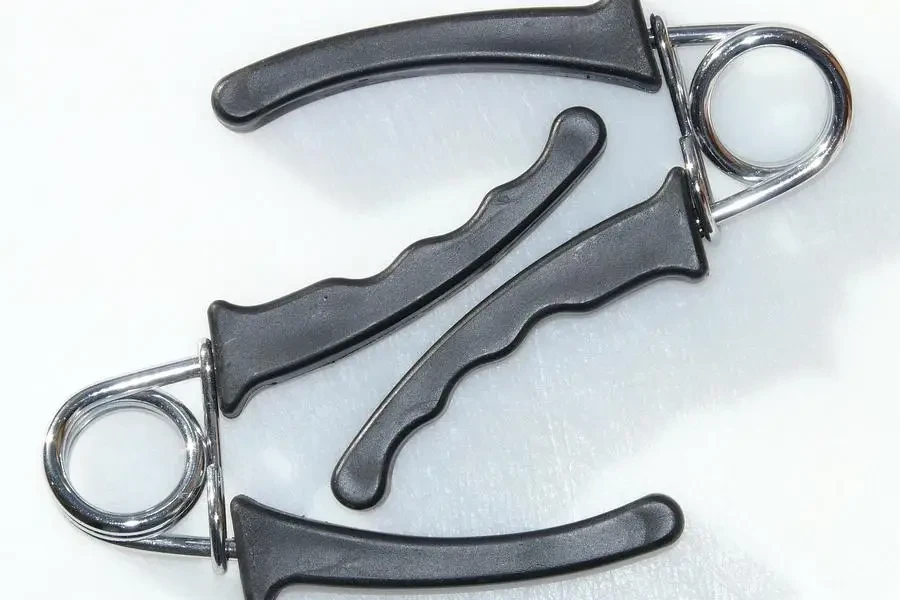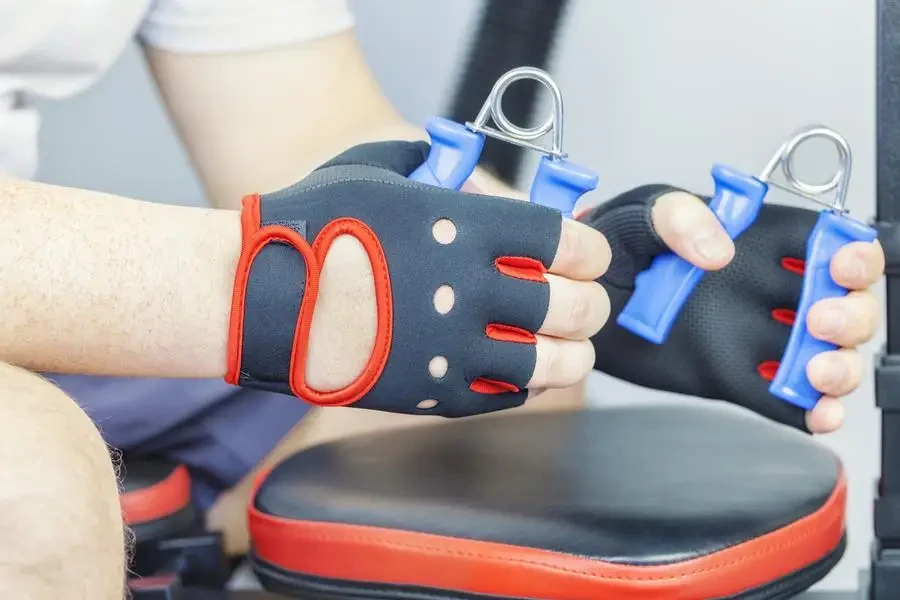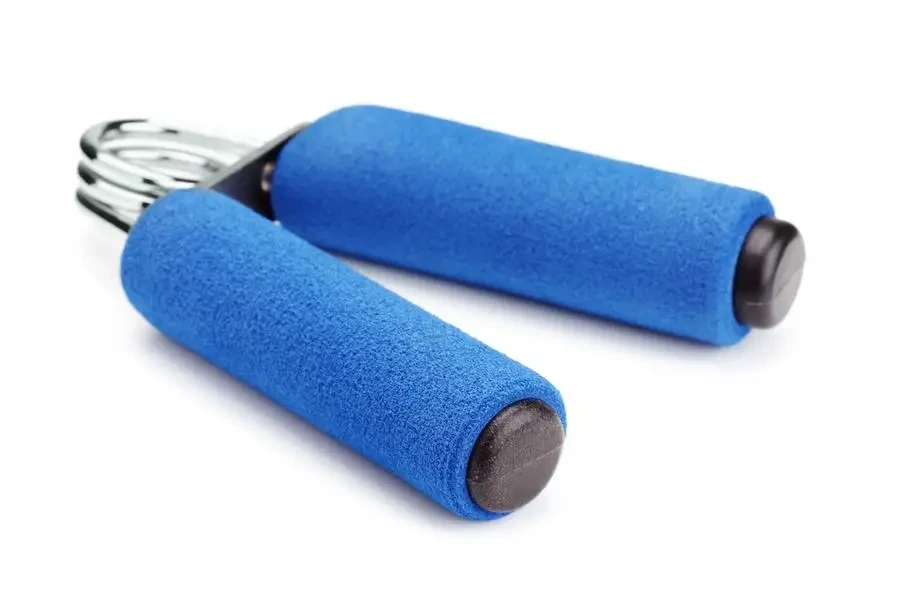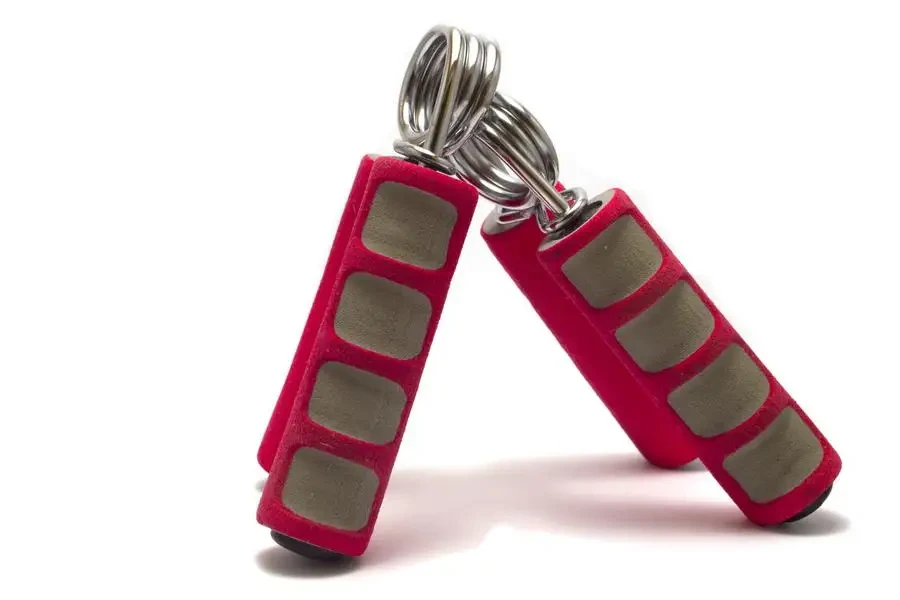Forearm grippers have become an essential tool for athletes, fitness enthusiasts, and rehabilitation patients alike. These devices are designed to enhance grip strength, improve forearm endurance, and aid in injury recovery. As the demand for fitness and rehabilitation equipment continues to rise, forearm grippers are gaining significant attention in the market.
Table of Contents:
Market Overview: The Growing Demand for Forearm Grippers
Innovative Designs and Features of Forearm Grippers
Functionality and Benefits: Why Forearm Grippers Are Essential
Seasonality and Market Trends: When and Why Forearm Grippers Are in Demand
Market Overview: The Growing Demand for Forearm Grippers

The market for forearm grippers is experiencing a significant surge, driven by the increasing awareness of physical fitness and the importance of grip strength in various sports and daily activities. According to a report by Research and Markets, the global gloves market, which includes fitness accessories like forearm grippers, is projected to grow by USD 11.32 billion from 2023 to 2028, accelerating at a CAGR of 5.78% during the forecast period.
One of the primary factors contributing to this growth is the rising participation in sports and fitness activities. As more individuals engage in weightlifting, rock climbing, and other grip-intensive sports, the demand for effective grip training tools like forearm grippers has increased. Additionally, the growing emphasis on rehabilitation and physical therapy has further fueled the market. Forearm grippers are widely used in rehabilitation programs to aid in the recovery of hand and wrist injuries, making them a valuable tool for healthcare professionals.
Regional insights reveal that North America and Europe are leading the market for forearm grippers, driven by a high level of fitness awareness and the presence of established sports and fitness industries. In North America, the United States holds a significant share of the market, with a strong focus on fitness and wellness. Europe, particularly countries like Germany and the UK, also shows a robust demand for forearm grippers, supported by a growing interest in sports and physical activities.
In the Asia-Pacific region, the market for forearm grippers is expected to witness substantial growth due to the increasing adoption of fitness regimes and the rising popularity of sports like rock climbing and martial arts. Countries such as China, India, and Japan are emerging as key markets, driven by a growing middle-class population with disposable income to spend on fitness equipment.
Key players in the forearm gripper market are continuously innovating to meet the diverse needs of consumers. Companies like IronMind, Gripmaster, and Captains of Crush are leading the market with their high-quality and durable products. These brands are known for their ergonomic designs, adjustable resistance levels, and use of advanced materials to enhance performance and durability.
Future trends in the forearm gripper market include the integration of smart technologies and the development of eco-friendly products. As consumers become more environmentally conscious, there is a growing demand for sustainable fitness equipment. Companies are exploring the use of recyclable materials and eco-friendly manufacturing processes to meet this demand. Additionally, the incorporation of smart technologies, such as sensors and connectivity features, is expected to revolutionize the market by providing users with real-time feedback and performance tracking.
Innovative Designs and Features of Forearm Grippers

Ergonomic Design for Maximum Comfort and Efficiency
Forearm grippers have evolved significantly in recent years, with a strong emphasis on ergonomic design to enhance user comfort and efficiency. Ergonomic designs are tailored to mimic the natural resting position of the hands, which is crucial for prolonged use without causing strain or discomfort. Ergonomic handles typically have a slight forward angle, around 15 degrees, which aligns with the natural hand position. This design philosophy is also applied to forearm grippers, ensuring that users can engage in extended training sessions without experiencing undue fatigue or discomfort. The choice between a standard or ergonomic grip is often a matter of personal preference, but the benefits of ergonomic designs in reducing strain and improving grip efficiency are well-documented.
Advanced Materials for Enhanced Durability and Performance
The materials used in the construction of forearm grippers play a pivotal role in their durability and performance. Modern forearm grippers often incorporate advanced materials such as high-grade stainless steel, aluminum, and reinforced polymers. These materials are chosen for their strength, resistance to wear and tear, and ability to withstand the rigors of intense training. As reported by the “Best Winter Traction Devices of 2024,” durability is a key consideration, with some models featuring additional components like Velcro closures for a more custom fit. Similarly, forearm grippers may include adjustable tension settings and reinforced handles to ensure they can endure repeated use without compromising performance.
Customization Options to Meet Diverse Needs
Customization is another significant trend in the design of forearm grippers. Users have diverse needs based on their fitness levels, training goals, and hand sizes. To cater to this diversity, many forearm grippers offer adjustable resistance levels, interchangeable handles, and personalized grip settings. This customization ensures that both beginners and advanced users can find a gripper that suits their specific requirements.
Functionality and Benefits: Why Forearm Grippers Are Essential

Strengthening and Rehabilitation: Key Uses of Forearm Grippers
Forearm grippers are essential tools for both strengthening and rehabilitation. They are widely used to improve grip strength, which is crucial for various sports and daily activities. Strong forearms contribute to better performance in activities such as climbing, weightlifting, and even playing musical instruments. Additionally, forearm grippers are invaluable in rehabilitation settings, helping individuals recover from injuries by gradually rebuilding muscle strength and improving hand dexterity. The adjustable resistance levels in modern grippers make them suitable for progressive training, allowing users to start with lighter resistance and gradually increase the intensity as their strength improves.
Versatility in Training: From Athletes to Everyday Users
One of the standout features of forearm grippers is their versatility. They are not limited to professional athletes; everyday users can also benefit from incorporating forearm grippers into their fitness routines. Whether it’s for enhancing sports performance, improving hand strength for daily tasks, or as part of a rehabilitation program, forearm grippers offer a wide range of applications. The “Best Trekking Poles of 2024” report emphasizes the importance of versatile equipment that can be used in various settings, and forearm grippers fit this description perfectly. Their compact size and ease of use make them accessible to a broad audience, from fitness enthusiasts to individuals recovering from hand injuries.
Safety and Quality: Ensuring Reliable Performance
Safety and quality are paramount when it comes to fitness equipment, and forearm grippers are no exception. High-quality grippers are designed to provide reliable performance without compromising user safety. Features such as non-slip handles, adjustable resistance, and robust construction materials ensure that users can train effectively and safely. Investing in a well-constructed gripper not only enhances the training experience but also minimizes the risk of injury, making it a worthwhile addition to any fitness regimen.
Seasonality and Market Trends: When and Why Forearm Grippers Are in Demand

Peak Seasons for Sales and Usage
The demand for forearm grippers tends to fluctuate with the seasons, influenced by various factors such as sports seasons, fitness trends, and rehabilitation needs. Peak sales often occur during the winter months when indoor training becomes more prevalent, and individuals seek to maintain their fitness levels despite the colder weather. Additionally, the start of the new year typically sees a surge in fitness-related purchases as people commit to their resolutions. Winter sports enthusiasts also contribute to the demand for grip-strengthening equipment, as strong forearms are essential for activities like skiing and snowboarding.
Cultural Influences on Forearm Gripper Popularity
Cultural trends and influences also play a significant role in the popularity of forearm grippers. The rise of fitness culture, driven by social media and the increasing awareness of the importance of physical health, has led to a growing interest in strength training and functional fitness. Forearm grippers, being compact and effective tools, have gained popularity among fitness enthusiasts looking to enhance their grip strength. Additionally, the increasing participation in sports and recreational activities that require strong forearms, such as climbing and martial arts, has further boosted the demand for these devices. The trend towards versatile and multifunctional fitness equipment is likely to continue, ensuring that forearm grippers remain a popular choice for a wide range of users.
Conclusion
Forearm grippers have evolved to become essential tools for strength training, rehabilitation, and overall fitness. With innovative designs that prioritize ergonomic comfort, advanced materials for durability, and customizable features to meet diverse needs, these devices offer significant benefits for users of all levels. Their versatility makes them suitable for athletes and everyday users alike, while their safety and quality ensure reliable performance. As cultural trends continue to emphasize the importance of physical fitness, the demand for forearm grippers is expected to grow, making them a valuable addition to any fitness routine. Looking ahead, the continued innovation in design and functionality will likely enhance their appeal and effectiveness, solidifying their place in the fitness industry.




